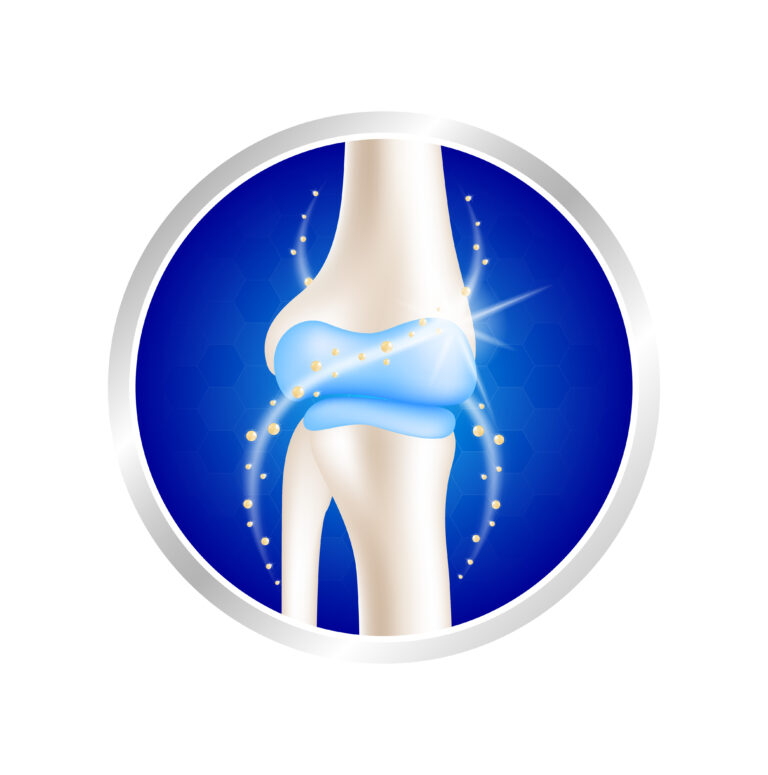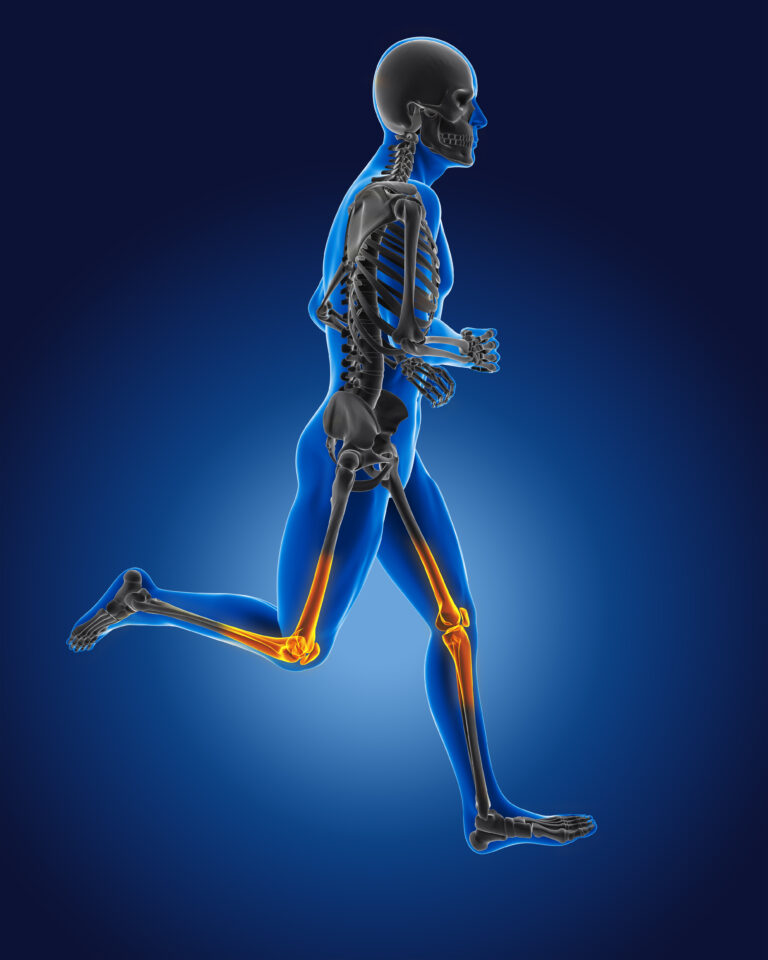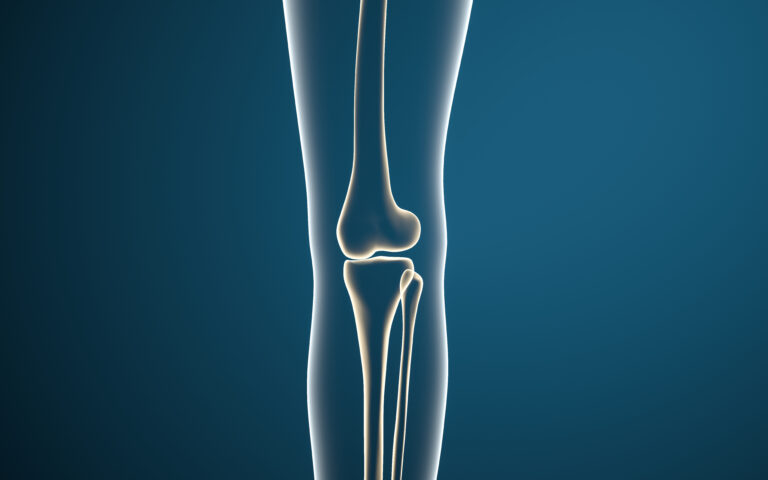Selecting the right hip implant is key to a successful hip replacement. Here’s a quick guide to the benefits and risks of various hip implant types:
Metal-on-Metal (MoM) Implants
Benefits: Durability: Built to last, ideal for active individuals.
Flexibility: Offers a wide range of motion.
Risks: Metal Ions: Potential release into the bloodstream, which can cause complications.
Revision Risk: Higher chance of needing additional surgery.
Metal-on-Polyethylene (MoP) Implants
Benefits: Improved Longevity: Enhanced plastic reduces wear.
Safety: Lower risk of metal ion issues.
Risks: Wear Over Time: Plastic can degrade, potentially leading to bone loss.
Ceramic-on-Ceramic (CoC) Implants
Benefits: Biocompatibility: Low risk of allergic reactions.
Minimal Wear: Highly resistant to wear and tear.
Risks: Fragility: Ceramic can crack or break under stress.
Noise: Potential for squeaking sounds during movement.
Ceramic-on-Polyethylene (CoP) Implants
Benefits: Balanced Strength: Combines durable ceramic with improved plastic.
Fewer Issues: Lower risk of metal ion release and breakage.
Risks: Plastic Wear: Despite improvements, plastic can still wear down over time.
Conclusion: When selecting a hip implant, consider your age, activity level, and any allergies or sensitivities. Your orthopedic surgeon will help you choose the best option to ensure a smooth and successful hip replacement.
Disclaimer: The information provided in this blog post is for general informational purposes only and should not be considered professional advice. Before making any health-related decisions, consult with a qualified healthcare professional. The content is not a substitute for medical advice, and individual results may vary. The author and website are not responsible for any consequences arising from the use of the information provided. Use your best judgment and seek professional advice when needed.





